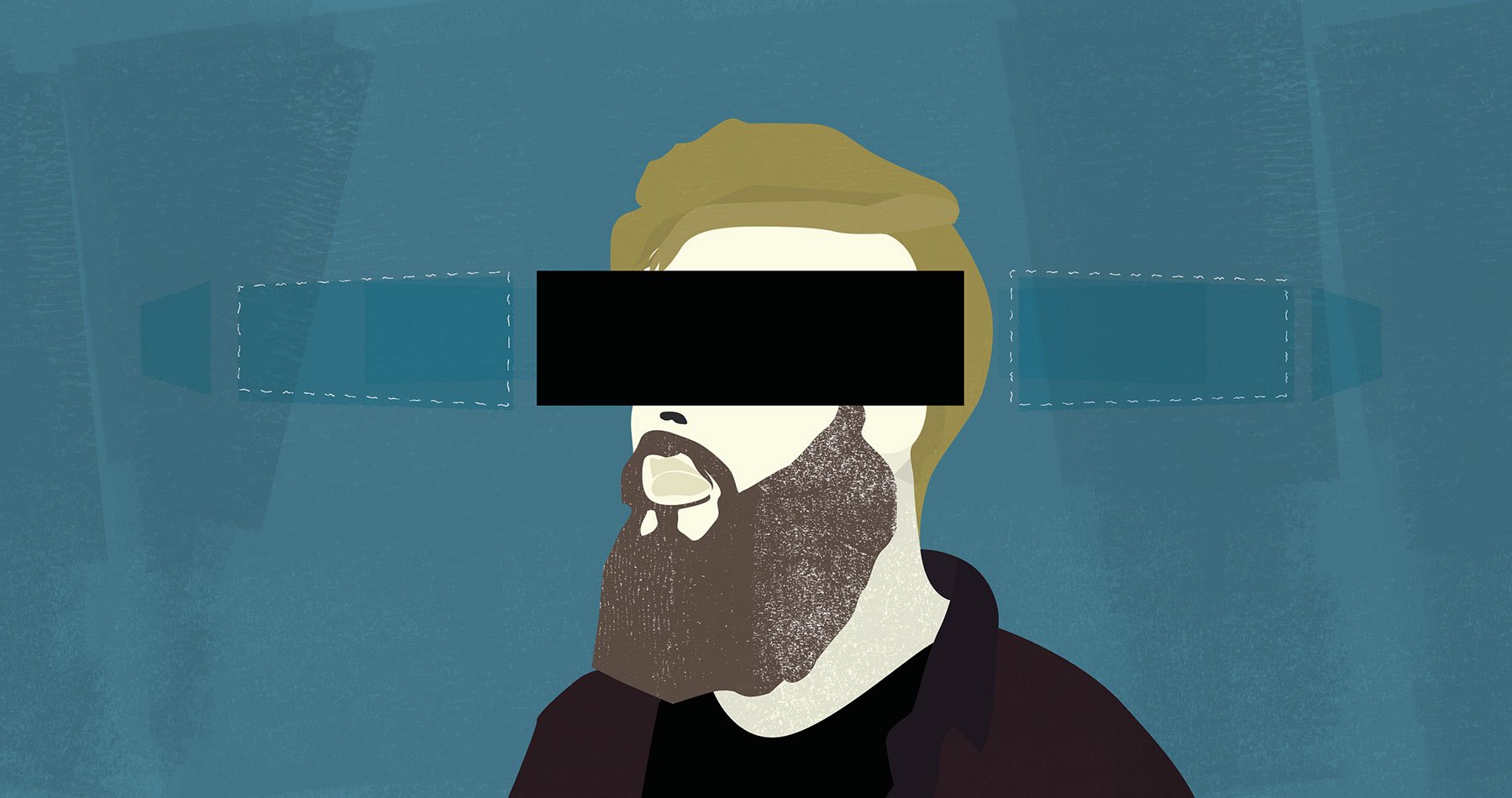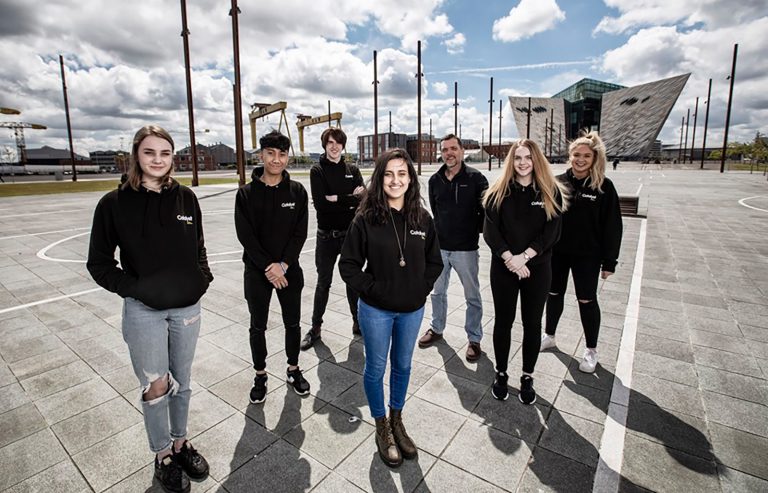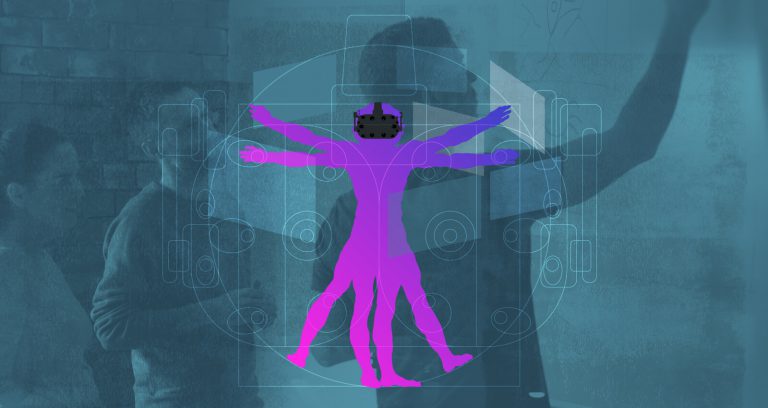
No such thing as a button – The new interface paradox
Speaking at SxSW17, Anders Oskarsson, lead product designer at UsTwo, summed up his thoughts on virtual reality interfaces very simply. At the heart of this kind-of-throwaway remark is a very important truth: Everything we’ve designed to allow us to interact with technology, up until now, needs rethought. Immersive technologies – virtual, augmented and mixed reality – both enable and demand a fresh approach to interaction design.
Interest in this new tech has yet to truly reach the mainstream, with Google Glass’ awkward retirement standing as a reminder that good is better than early, but all the signs point to a rapidly increasing rate of adoption. Facebook’s introduction of a 360 degree photo feature is widely seen (and even acknowledged by their own Charlie Sutton during another SxSW17 panel) as a means of helping users create a backlog of immersive content. Many won’t have the hardware to really take advantage of this yet, but Zuckerberg and co. are betting that they will do in the near future, ideally on Facebook-owned Oculus headsets. And despite initial pre-launch caution and limited production, Sony’s Playstation VR headset is selling better than the company originally anticipated.
“Don’t forget, there’s no such thing as a button”
Anders Oskarsson
Given this sea change in technology, it seems hard to know where to begin. However one of the key challenges, and therefore a good place to start, is that of digital identity – the means by which we represent our ‘authentic’ selves on websites, apps and immersive technologies. It’s an issue that has never been fully resolved in the conventional digital space and spans the utility of authentication through to the perception of personal security. This challenge is all the more pronounced in immersive tech for one principal reason…
Conventional input methods seem completely irrelevant.
Keyboard, trackpads, mice, they’re solutions to real-world problems, and behavioural research at Unity (producer of leading VR software tools) has shown that the imposition of ‘real-world’ physical rules for interfaces often leads to a frustrating user experience in immersive products. In this context, the old faithful username and password authentication method suddenly comes up very short (though it’s never been a perfect solution in any case). The means of identifying ourselves and protecting this identity needs new thinking now more than ever.
Hardware-based solutions such as iris or fingerprint scanning are beginning to look viable, but the sensors are expensive and a cross-platform standard remains a distant goal. The most interesting and promising ideas for a new approach to this lie in gesture and voice control. Taking inspiration from pattern-based passcode systems developed for mobile phones, Oculus have explored ‘spell-casting’ authentication in which users are encouraged to draw a unique shape, or series of shapes, in the air.

Apple meanwhile, whose focus according to CEO Tim Cook is squarely on augmented reality, continues to develop the capabilities of voice-activated digital assistant Siri. Already an effective password input method for Apple TV, Siri’s ‘conversational’ interface is very likely to underpin their immersive tech as well. Amazon’s Alexa similarly points to a future in which passive, ‘invisible’ interfaces release technology from the keyboard tether.
Aside from new input methods, behavioural analytics is emerging as a strong contender in the struggle to authenticate digital identities. Already in use for many years by credit card companies watching out for fraudulent transactions, data such as geolocation, time, date, and all kinds of previous device activity, traffic sources, and more, can be used to create a profile of a user’s behaviour and keep an eye out for anything anomalous.
Apple meanwhile, whose focus according to CEO Tim Cook is squarely on augmented reality, continues to develop the capabilities of voice-activated digital assistant Siri.
Asserting and authenticating your identity is really just the beginning, but it’s a central challenge because it has a bearing on the most important shift in the user experience of immersive tech – the move to a state of being ‘within’ the experience. Until the current generation of VR, we’ve been on the other side of the window, whether that’s a 5” smartphone screen or a 75” TV. Interfaces have been designed with this paradigm taken for granted. Immersive technology takes us through the window and, despite the still imperfect, complicated, wired headsets, this creates in users the feeling of being there’, a much more personal experience. Watching other people’s personal reaction to VR has even become a popular Youtube format.
Given this shift from viewer to participant, the crafting and curation of our digital personas is set to become something over which we agonise more than ever. It’s all a bit more profound than a 140 character bio and 400×400 pixel profile pic. With social VR tipped as being a game changer for mainstream adoption of this technology, the user experience must enable us to represent ourselves in a way that builds mutual trust, but also allows self expression.

As we begin to navigate an ‘augmented’ world in which the space around is us our interface, we’ll need to find new ways to define, express and protect our personal space, both physically and virtually.
Ultimately the strongest solutions will emerge as we walk a tightrope balancing the often conflicting desires for ease of use and a sense of security. With the representation of self being so much more pronounced, ‘theft’ of one’s identity may well feel like a greater personal loss, but I’ll bet we keep hitting ‘I Agree’ on terms and conditions that we haven’t read. And, as we begin to navigate an ‘augmented’ world in which the space around is us our interface, we’ll need to find new ways to define, express and protect our personal space, both physically and virtually. However, starting with a clean-slate and building a real understanding of users’ functional and emotional needs when designing products for immersive technologies will give us the best chance of success.
Amidst all of this uncertainty though, one thing’s for sure. Force users to work with interfaces originally designed to deal with real-world limitations and they will (irony alert) hit the off button.


